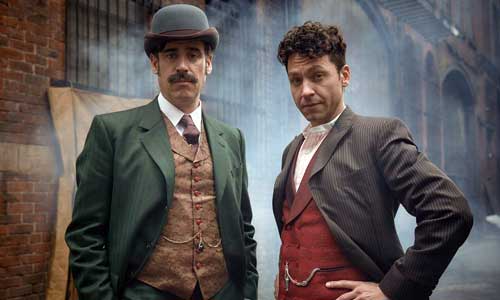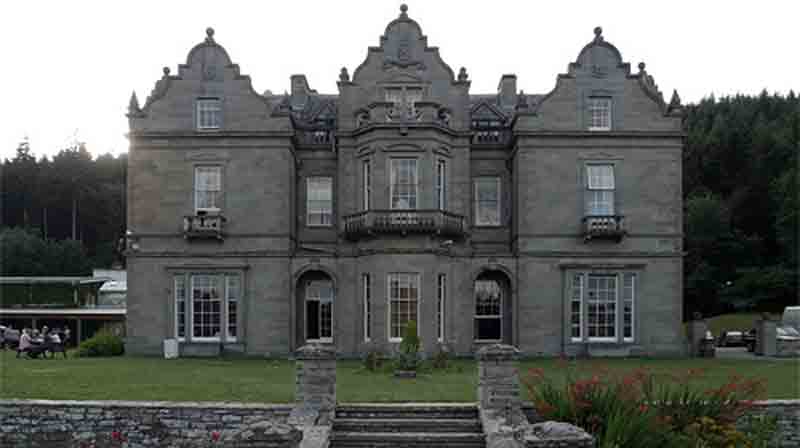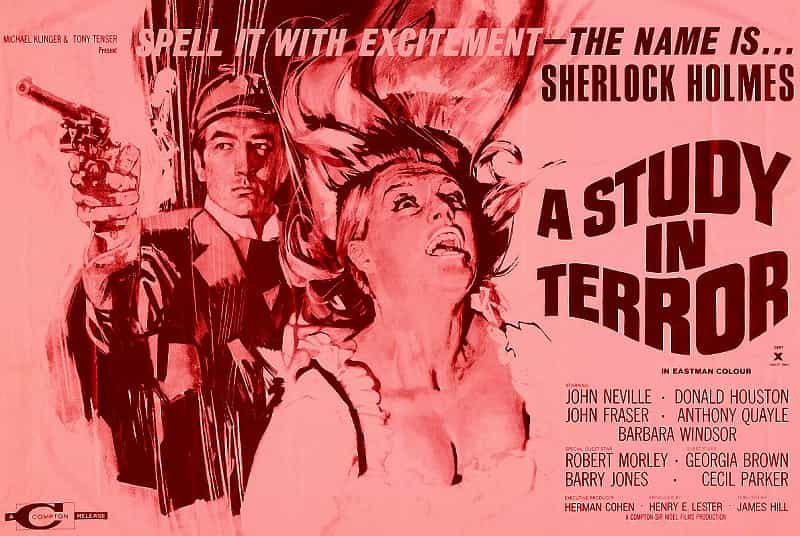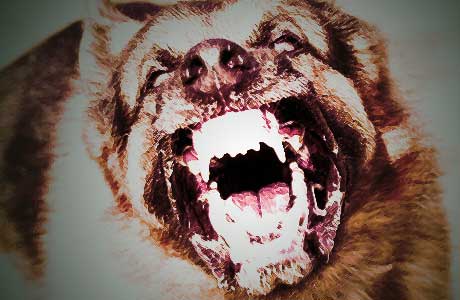You could sit around playing spot the anachronism in ITV’s new show, “Houdini and Doyle”, but that would miss the point of this silly bit of fun, says MATT WINGETT, author of “Conan Doyle and the Mysterious World of Light, 1887-1920”.

For a bit of spooky silliness on a Sunday evening, ITV’s “Houdini and Doyle”, which mixes the X-Files, bowler hats and horses with a suffragette policewoman and a spinetingling spectre, is no bad way to wind down after the weekend.
“The Maggie’s Redress”, episode one of the new series, used the old trick of starting off with the eponymous heroes in a deadly crisis. Near to drowning, the pair traded insults as to who would live longer when it came to the final inundation. Not a particularly noble portrayal of two of the icons of the early 20th Century, it at least established early on the central conflict that drives the series – a bit of personal animosity and disagreement about the nature of the universe, à la Mulder and Scully.
Unlike our X-Files protagonists, Houdini and Doyle have a balancing influence – none other than Miss Adelaide Stratton, a suffragist woman police constable who in this first episode proves her value and mettle by using the Holmesean technique of handwriting analysis (in real life, Conan Doyle advocated such a technique to identify Jack the Ripper, while his creation, Sherlock Holmes wrote a monograph about handwriting – doncha know?), and crowned a villain with her dinky and vaguely phallic handbag-sized truncheon.
She is also no pushover in other ways. At times she sided with Doyle and at others with Houdini, driven by her own need to prove herself. There was even the danger of her being thrown out of the force if her domineering misogynist of a boss discovered her to be getting emotionally shackled to Houdini or enamoured of Doyle’s creative spirit.
Meanwhile, the Disputing Duo were given the Mulder and Scully roles of believer and debunker of the paranormal, while Stratton was their umpire, ensuring that any spectral swing was hit with a straight bat.
It was all very silly, but also had its spinetingling moments. The environment of the first ghostly murder was a former brewery-cum-convent-cum-workhouse, for the “reform” of fallen women. The environment was deeply unpleasant, and conventional religion comes out of the episode with less than high honours.
But enough of the story. You may not have seen it yet. Do I recommend it? Yes! Why not, to while away an hour and get ready for the week ahead?
Do I think it adds to an understanding of Doyle and Houdini’s relationship? No. Unless you didn’t know that Doyle was a devout Spiritualist in later life, and that Houdini used his conjuring and escapology career to expose fake mediums. Both of which are true. The rest, however, is pure, goodhearted bunkum.
I’m not going to say there are errors in the show. That would just be plain daft, and would be to misunderstand the nature of this fun-loving beast. But just for the record, in case you want to know, here are some of the anachronisms which you may want clearing up:
- The show is set around 1905, looking at the technology and the fashions. In this year, “Touie”, Conan Doyle’s wife, was still alive. She died of tuberculosis in 1906, and was quickly replaced by Doyle’s live-in “platonic mistress” (whatever that means – she is described this way in several biographies) Jean Leckie, whom he soon married.
- Adelaide Stratton is a Woman Police Constable. The first WPCs weren’t seen until 1918 as a result of the loss of men during the Great War.
- Conan Doyle did perform psychic investigations. He attended his first séance while living in Portsmouth in 1887, even at that point declaring himself a Spiritualist and describing Spiritualism as his religion in two letters written to “Light” magazine (a journal of the psychical, mystical and occult). This was the same year he invented Sherlock Holmes – a fascinating combination.
- Doyle did not fully commit to the faith, but occasionally investigated psychic activity (eg. a poltergeist at Charmouth in 1893) and described himself as a dilettante. He was by no means the convinced Spiritualist of the series at this time.
- 1916 saw him change his views and begin his missionary phase. It was under the pressure of the Great War that he rationalised his faith, after a series of unexplained psychic phenomena. Only at this point did he go public again (his 1887 letters to “Light” were long forgotten by then). Coincidentally or not, depending on your belief system, the first airing of the “Houdini and Doyle” TV series was only three days off the centenary of the publication of the letter that marked the commencement of his missionary phase.
- He first met Houdini in the 1920s, long after the time the series is set. After a period of friendship, they became enemies, with Doyle convinced Houdini had psychic powers.
- Doyle was lighter-haired and famously heavily built; standing 6 feet 2, even in his early 20s he weighed in at 14 stone of muscular Scottish brawn. Mangan, on the other hand, is dark-haired, comparatively skinny, and very English in mannerism and accent.
- Finally – Doyle boxed when a younger man (he wrote a series of “Tales From The Ring”, so keen was he on the noble sport)… so… knocking out a policeman with a punch…well yes! Why not?
What did you think of Houdini and Doyle? Tell us in the comments section below!
Watch Houdini and Doyle Trailer
MATT WINGETT is the author of “Conan Doyle and the Mysterious World of Light, 1887-1920”, which traces Sir Arthur Conan Doyle’s Spiritualist beliefs from their earliest years to his leaving the shores of the UK to head to Australia and New Zealand on missionary work.








